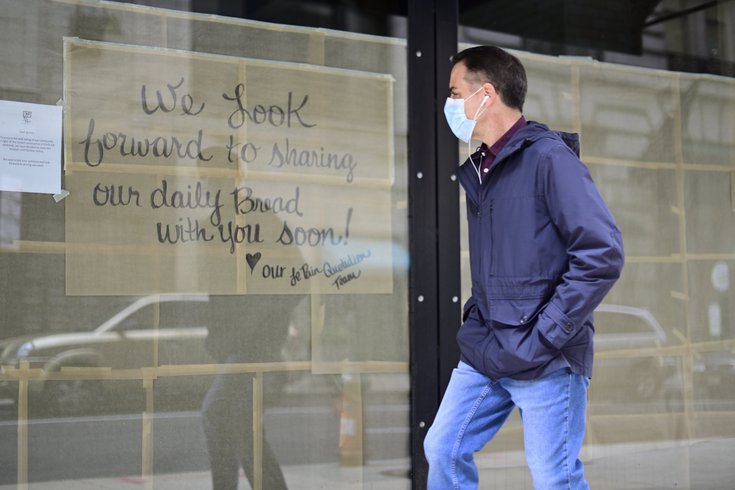
April 28, 2020
 BASTIAAN SLABBERS/PhillyVoice
BASTIAAN SLABBERS/PhillyVoice
Medical experts have a better understanding of how the coronavirus attacks the human body. The CDC has confirmed six new COVID-19 symptoms, including chills, headache, sore throat and loss of smell or taste.
The U.S. Centers for Disease Control and Prevention has expanded its list of COVID-19 symptoms to include chills, repeated shaking with chills, muscle pain, headache, sore throat and new loss of taste or smell.
Any of these symptoms can appear within two to 14 days after exposure to the virus. But some people with COVID-19 will not experience any of them.
The CDC urges anyone experiencing "emergency warning signs" – troubled breathing, persistent pain or pressure in the chest, confusion or inability to arouse, and bluish lips or face – to call 911 immediately.
Since the beginning of the pandemic, fever cough and shortness of breath have been considered the best indicators of a COVID-19 infection. But reports from physicians treating patients with this disease suggest the coronavirus doesn't just attack the lungs.
The addition of the loss of sense of smell and taste to the symptom list was first advocated in March by the American Academy of Otolaryngology-Head and Neck Surgery. Medical experts also have reported the possibility of blood clot complications that can lead to deep vein thrombosis and stroke.
Seizures and encephalitis are also possible. According to Dr. Lin Mei, director of the Cleveland and Brain Health Initiative, the coronavirus can travel to the brain from the nasal cavity, through the bloodstream or by attaching itself to nerve terminals.
Seniors are particularly at risk for COVID-19 complications because of the natural aging of the immune system. They also are more likely to exhibit less typical symptoms like confusion, dizziness and sleepiness.
The number of confirmed COVID-19 cases in the United States nearly has reached 1 million. There are 43,264 cases in Pennsylvania and 113,856 cases in New Jersey.